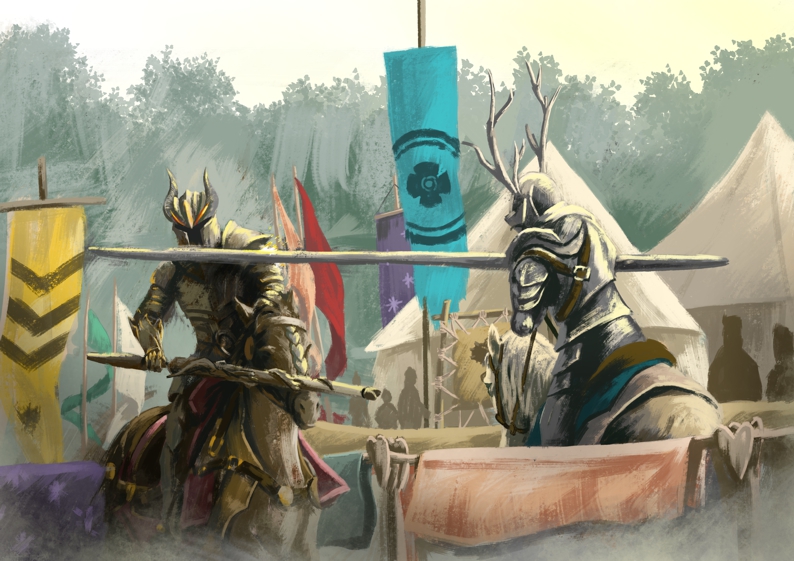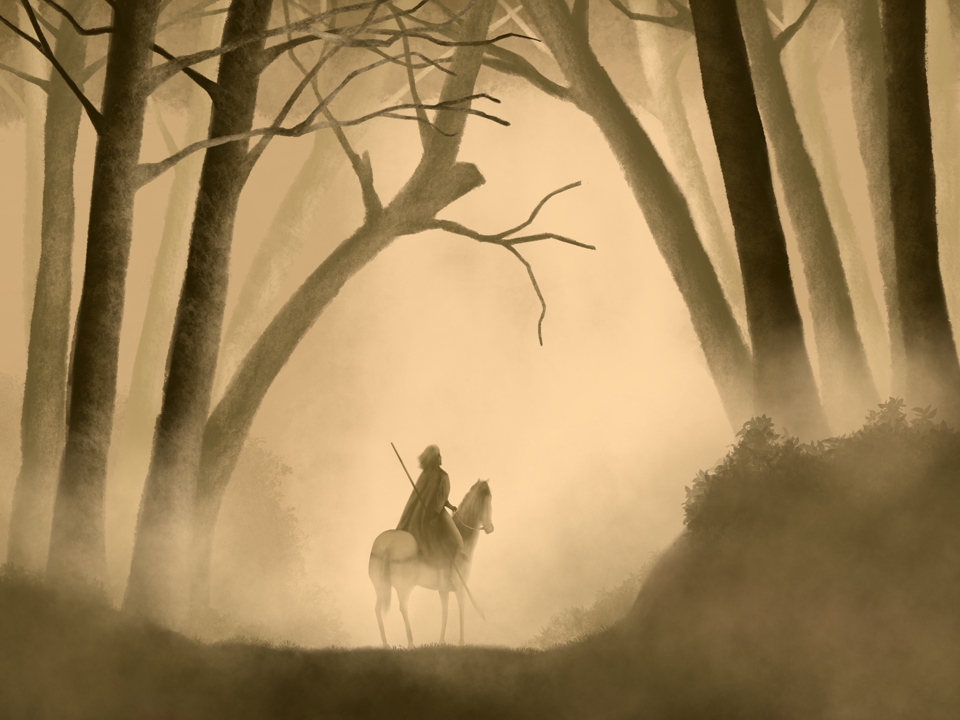
Burials of Teganshire Post 15 of 30. Halfway there!
This is a two-part blog post. Today we’ll talk about the illusion of game balance, and tomorrow we go over what to do about it.
Here at Griffon Lore Games, we have a specific design philosophy built around game attributes:
- People play games to have fun
- Challenges provide more entertainment than “non-challenges”
- D&D is a game
- D&D is a freeform game
- And 5E is a flexible freeform game
It’s that last bullet point where things go south, and when I was learning 5E, it’s the area that had the most struggle. I would make a “deadly encounter,” and the PCs would waffle-stomp the BBEG even though he had Legendary Actions. Why was that?
It’s because no book, formula or design can compensate for player makeup, player skill, amount and type of magical items, what spells the casters prepared that day, the synergic effects of class-combinations shared between your players’ PCs, and various other things up to and including caffeine level and if any player ordered a 12-pack of chili-cheese burritos from the Taco Bell secret menu.
Let’s do a deconstruction of the CR system (everyone else has done it, so let’s do it too!), and then talk about real game challenges for your table.
The CR: Recognize what the CR system is
The Challenge Rating system in 5E is:
“A monster’s challenge rating tells you how great a threat the monster is. An appropriately equipped and well-rested party of four adventurers should be able to defeat a monster that has a challenge rating equal to its level without suffering any deaths. For example, a party of four 3rd-level characters should find a monster with a challenge rating of 3 to be a worthy challenge, but not a deadly one.”
This is a minimum standard
This is a minimum standard that does not account for all the variables at your table. We can talk about the maths, but let’s talk about design flaws:
A system built around no deaths is inherently easy. In D&D, a worthy challenge by its definition is a deadly one.
This system is combat-centric, ignoring for the most part, and even discouraging, PC damage outside of combat. “Well-rested” becomes an artificial box. Not a nice box, either, but that box at the beginning of Jurassic Park with a velociraptor in it.
The DM is an arbiter of the rule system used in the campaign world, but the system doesn’t quickly identify which areas to modify, other than increasing the CR. All it puts forth is a minimum standard. Which isn’t a bad way to go about it, as long as everyone knows what they are getting. It’s not a box of chocolates. It’s the velociraptor.
Any classification system is simply a means to an end
Personally, I like the CR system because it’s a taxonomy based on mathematical methods. Now, I would have done it differently, but a CR system, flaws and all, is better than no system! The intent of this essay is to not replace the system but instead to use it for our own ends.
I really super mega wish Wizards would have called it the Monster Challenge System. Because although there are skill encounters and trap encounters and environmental encounters, the CR system is all about monsters.
And monsters are only part of the difficulty. An important role, but there is more to the game that gets left behind for both page count and DM interest. Monsters are super-interesting, but it’s a chicken and egg thing here. We can make the other portions super exciting, too.
Game Difficulty is Philosophical Not CR Based
Understanding the mechanics behind the CR system isn’t necessary to make the game challenging and fun. The understanding of your players and where they fit in this role-playing game can give DM insights in using a CR system to their advantage. Here’s what you need to determine:
Single Player vs. Combined Arms
It is unfortunate but a cause of MMO popularity that some D&D players play the game in which they are a single player, and the other players, and the DM, are NPCs in their game.
That’s a poor way of playing D&D—the game is supposed to be a combined arms effect where each player contributes, via their PC, something the other players do not. This team play, when combined, overcomes difficulties and challenges.
You can’t make team challenges for a table full of single-players. Well, you can, but that’s going to be a short campaign when everyone TPKs.
D&D is a social game.
Game vs. Narrative
It is also unfortunate that some players in D&D love role-playing and could care less about “winning” the encounter, while others view D&D a game that you “win” by overcoming battles and care less about the role-playing.
A challenging game has both! And it relates to difficulty because some players will see the challenging combats as superfluous, and the other players will see challenging non-combat encounters as boring.
Now that, my friends, is Game Difficulty. For the DM. For decades now. Give me a CR system that fixes THAT, and now we’re talking!
Little is said that role-playing should be interconnected to the CR system.
But it should be.
The DM’s Mantra: “It is what it is.”
There’s an old publishing refrain (that comes from other places, too) that says, “It is what it is,” whereby there is a system so complex (the book industry) that when problems come up with a book, well, yeah, a problem was always going to come up.
And a game world is a complex system. It is what it is. There are too many pieces, too many player variables, too many situations where a DM doesn’t have enough time to figure something out. Or the opposite: has too much time and is now staring at a blank cursor in OneNote wondering where to start organizing what needs organizing.
It is what it is. Balance is an illusion because the game difficulty is a sliding ramp of DM arbitration used to make the game fun. As soon as the PCs master one portion of it, the DM needs to change it to become more challenging.
D&D 5E is freeform and flexible—so let’s use it to create an unbalanced system where the players are high-fiving each other after a difficult encounter. Nobody is going to high-five a balanced encounter. They’ll high-five after crawling out of a spike-filled pit with a bunch of poisonous snakes. And they have to crawl through a gelatinous cube. And the trap door over the pit is a mimic. And the snakes are on fire. Poisonous fire snakes. That can go ethereal.
Does that sound fair to you? Or balanced? Nah, bro, that’s about as unbalanced as it gets. But it sure does sound fun.
Tune in tomorrow, where we use the tools of the trade to game the system. No need to replace it—5E has everything you need.
Back Burials of Teganshire on Indiegogo today to get in on some challenging challenges!

Crossbow Man has issued a challenge: a BOLT TO THE FACE!
Previous 30 Days of BoT | Next 30 Days of BoT

















